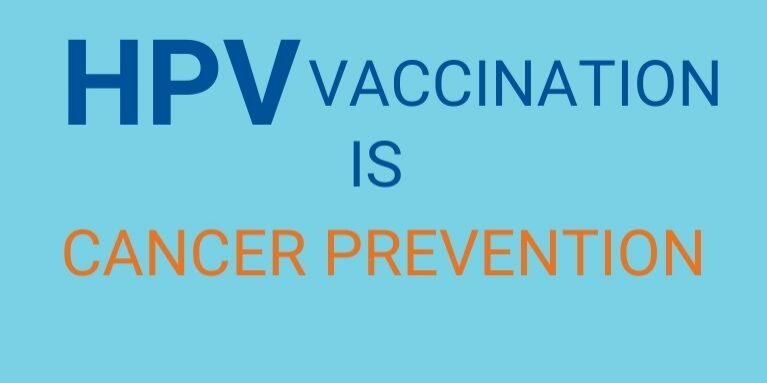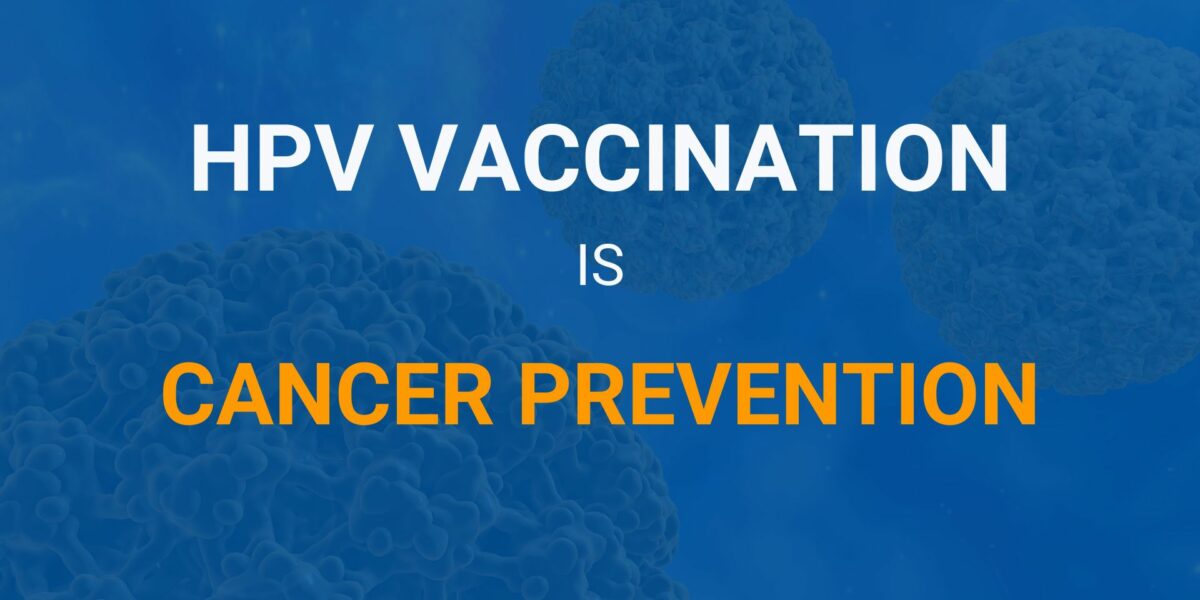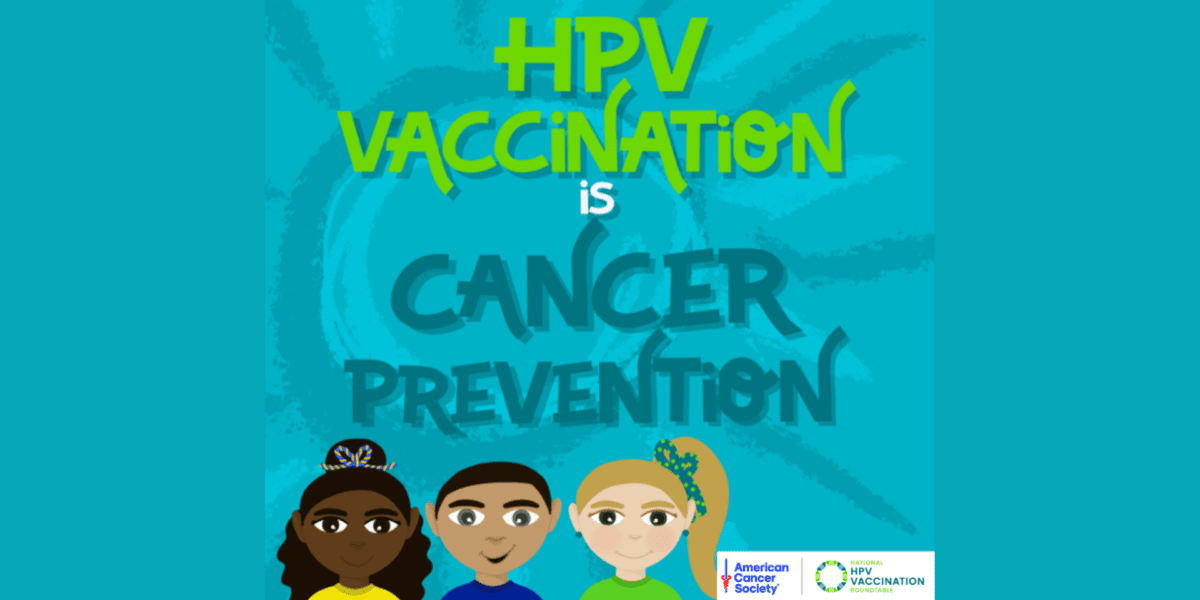
June is Men’s Health Month, and a great time to reinforce the importance of human papillomavirus (HPV) vaccine recommendations for adolescent boys.
Every year, over 9,000 men are affected by HPV-related cancers and cases are increasing. Vaccination is the best protection against HPV and why it is so important that healthcare professionals (HCPs) continue to increase efforts to make sure that all adolescents are fully vaccinated, including boys.
Follow these 5 Key Steps to Improve HPV Vaccination Rates:
1) LEARN: HPV vaccination is a public health priority
The Centers for Disease Control and Prevention (CDC) estimates that 80% of sexually active men will be infected with at least one type of HPV at some point in their lives. Around half of these infections are with one of the 13 high-risk HPV types, which include type 16 – a major cause of oropharyngeal cancers.
Despite the availability of safe and effective HPV vaccines, completion of the 3-dose vaccine series remains low and completion rates in girls (37.6%) are much higher than boys (13.9%) although HPV vaccination has been recommended for both boys and girls since December, 2011.
When boys are vaccinated, they are less likely to spread HPV to their current and future partners.
2) INFORM: Ensure staff/colleagues deliver accurate and consistent HPV vaccination messages
All staff in the practice should be familiar with current HPV vaccination recommendations and deliver the same strong messages to patients/parents.
Key messages to share with male patients and parents include:
- HPV vaccination is the most effective and safest way to protect against HPV-related cancers and genital warts.
- The first-dose of the 3-dose vaccine series is recommended between age 11-12 years, since the vaccine produces the highest immune response and for it to be effective, the vaccine must be given before exposure to the virus.
- HPV vaccination does not increase promiscuity. (There are no data to support this idea, and few parents believe it. However, when parents decide not to vaccinate their children, they frequently justify their decision with this belief.)
3) COMMUNICATE: Share HPV vaccination benefits with parents/patients at every opportunity
Communication should begin before an office visit. Information can be shared via websites, social media, pre-appointment emails, display waiting room posters, parent/patient fact sheets (in place of magazines), and at appropriate community events. Visit the online HPV Resource Center for print-ready tools and resources.
4) RECOMMEND: Offer HPV first with other vaccines (same way, same day)
In the 2014 National Immunization Survey-Teen, over half of parents of boys reported that their child’s HCP had not recommended that their child receive an HPV vaccine. It is well documented that an HCP recommendation is the single most persuasive reason adolescents get vaccines, including HPV vaccine. Consider the following when recommending HPV vaccination:
- Change the order of vaccines discussed. For example, mention HPV first in the list of other vaccines recommended during a visit.
- Use a presumptive statement versus a participatory statement, such as “We will be administering some shots today” versus “What do you want to do about shots?”
5) VACCINATE: Routinize procedures to reduce missed opportunities
Practices should implement systems to ensure that all staff are alerted to patient vaccination status at each visit and prompted to offer all recommended vaccines. Recent research has shown that text or electronic health record reminders have been very successful but a simple mailed postcard can also be an effective low-tech recall method.
The NFID HPV Resource Center provides convenient access to a wide range of free HPV information and tools for HCPs at: adolescentvaccination.org/hpv-resource-center.
To join the conversation, follow us on Twitter (@nfidvaccines), like us on Facebook, join the NFID Linkedin Group, and subscribe to NFID Updates.
Related Posts

The Key to Preventing Cervical Cancer
January is Cervical Cancer Health Month, an important time to raise awareness and empower individuals to protect themselves against this often preventable type of cancer

ID News Round-Up: Bird Flu, COVID-19, HPV, and Norovirus
Read recent news of interest from the world of infectious diseases including insights and explanations on bird flu, COVID-19, HPV, and norovirus …

2 Simple Steps to Prevent Cervical Cancer
Vaccination helps protect against cervical cancer and other cancers caused by HPV
